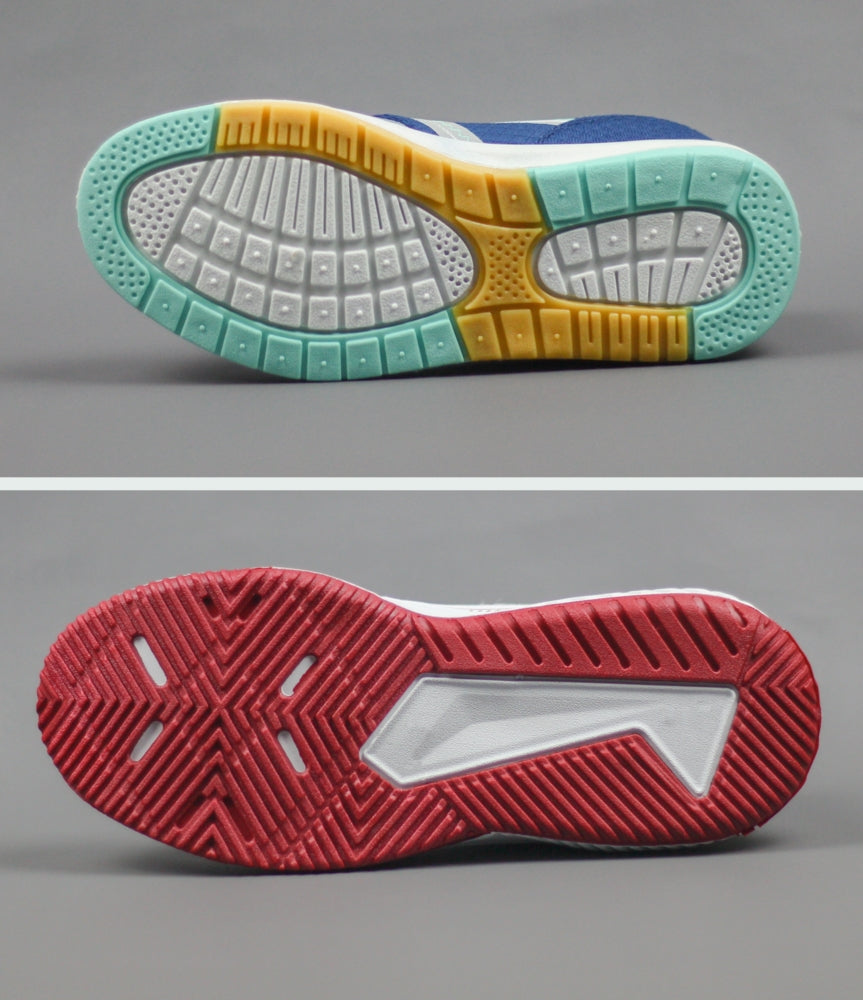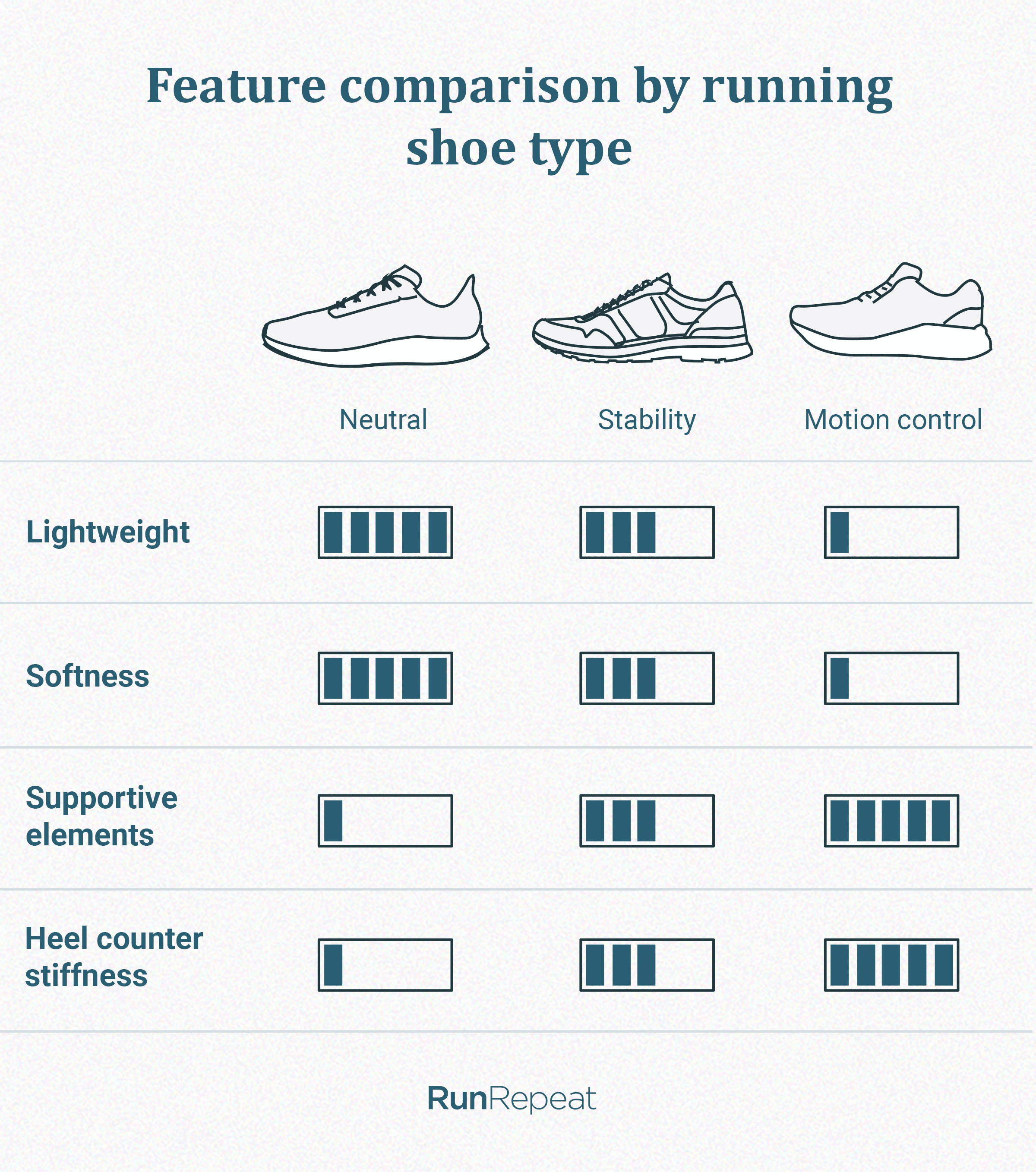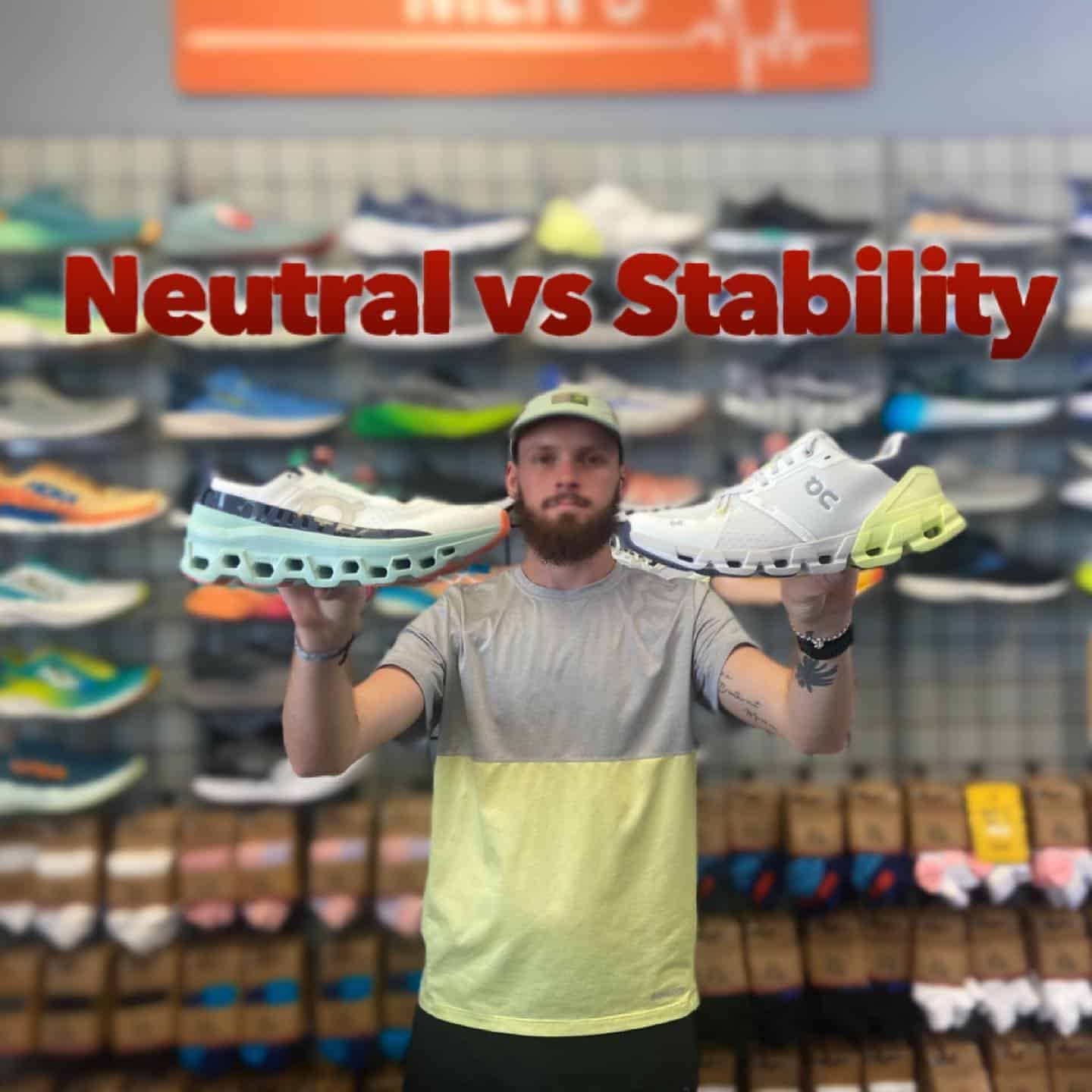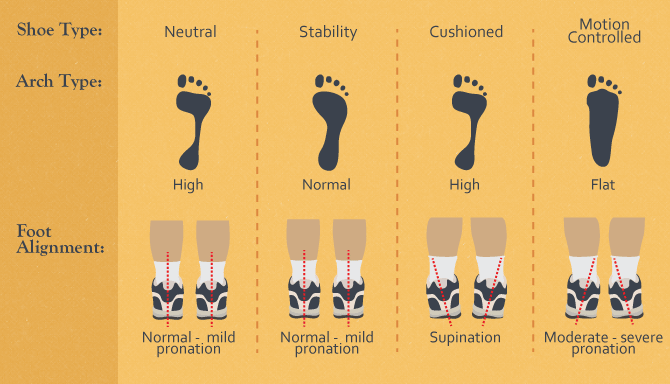When it comes to running shoes, the options can be overwhelming. Two popular categories that runners often encounter are neutral and stability running shoes. Understanding the differences between these two types can help you make an informed decision, ensuring your feet stay comfortable and supported during your runs. In this article, we’ll explore everything you need to know about neutral and stability shoes, including real-world footwear experiences, case studies, comparisons, and useful tips. Let’s dive right in!
What Are Neutral Running Shoes?
Neutral running shoes are designed for runners with a neutral foot strike, meaning their feet do not excessively pronate or supinate during a run. These shoes offer balanced cushioning and are built to provide a comfortable experience without adding extra support or stability features. If you’re someone who enjoys a natural running feel and requires minimal assistance, neutral shoes might be your best bet.
Features of Neutral Running Shoes
- Cushioning: Neutral shoes typically feature soft cushioning to absorb impact and provide comfort on various surfaces.
- Lightweight Design: Many neutral shoes are designed to be lightweight, promoting a faster running experience.
- Flexibility: They often have a flexible outsole that allows for a more natural foot movement.
- Breathability: Breathable materials are commonly used to keep your feet cool and dry during runs.

Popular Neutral Running Shoes
Some of the most popular neutral running shoes include:
- Nike Zoom Pegasus: Known for its versatility and durability, it’s suitable for various distances.
- Brooks Ghost: Offers plush cushioning, making it perfect for long runs.
- Asics Gel-Nimbus: Features excellent shock absorption for added comfort.

Real World Experience: Sarah, an avid runner, shares her thoughts on the Brooks Ghost. “I love the way they feel. They offer just the right amount of cushioning without feeling too bulky or heavy. I can run for miles and my feet don’t feel tired at all.”
What Are Stability Running Shoes?

Stability running shoes provide additional support to runners who tend to overpronate, which means their feet roll inward excessively when they run. These shoes are designed to counteract overpronation by offering features like medial posts or firmer foam in the midsole area. Stability shoes can help create a more balanced stride, making them ideal for runners who need that extra layer of support.
Key Features of Stability Running Shoes

- Supportive Structure: Stability shoes often include a firmer midsole or dual-density foam to support the foot.
- Medial Posts: A common feature that helps prevent excessive inward rolling.
- Heel Counter: Provides additional support to the heel, ensuring a secure fit.
- Durability: Many stability shoes are built with durable materials, making them ideal for long-term use.
Popular Stability Running Shoes

Some of the leading stability running shoes on the market include:
- Asics Gel-Kayano: Widely recognized for its plush feel and stability features.
- Brooks Adrenaline: Offers a perfect blend of cushioning and support.
- New Balance 860: Known for its supportive structure and comfort.
Real World Experience: Tom, a marathon runner, shares his experience with the Asics Gel-Kayano. “I always struggled with overpronation, but the Gel-Kayano kept my foot aligned beautifully. It gave me confidence that I wouldn’t roll my ankle during long runs.”

Neutral vs. Stability Running Shoes: A Comparison
| Feature | Neutral Running Shoes | Stability Running Shoes |
|---|---|---|
| Cushioning | Soft and plush | Moderate with added support |
| Weight | Lightweight | Heavier due to added features |
| Foot Strike | Neutral | Overpronation |
| Flexibility | High | Moderate |
| Durability | Moderate | High |

Understanding these differences can help tailor your shoe choice to your specific running style and needs. But how do you determine which shoe type is right for you?
How to Choose Between Neutral and Stability Shoes
Choosing between neutral and stability shoes requires understanding your foot mechanics. Here are some tips to help you decide:
Know Your Foot Type
Start by identifying your foot type. If you are unsure, consider visiting a specialty running store for a gait analysis. This assessment can reveal whether you have a neutral foot strike, overpronation, or supination. Knowing your foot type is crucial for selecting the right shoe.
Consider Your Running Style
Your running history plays a significant role. If you have previously experienced discomfort, pain, or injuries related to your feet or legs, stability shoes may provide the support you need. On the other hand, if you’re injury-free and enjoy a natural feel while running, neutral shoes could be ideal.
Understand Your Goals
Your running goals can also influence your shoe selection. If you’re training for a marathon and require more cushioning, you may prefer neutral shoes. Alternatively, if you’re running shorter distances and need additional support, stability shoes might be the better option.
Try Them On
Always try on shoes before making a purchase. Ensure you have enough room in the toe box and that the shoe feels secure around your heel. Walk and run in them within the store, if possible, to gauge their comfort and fit.
Common FAQs About Neutral and Stability Running Shoes
1. What is the main difference between neutral and stability running shoes?
The primary difference lies in the support they provide. Neutral shoes are suitable for runners with a neutral foot strike, while stability shoes are designed for those who overpronate.
2. Can I wear stability shoes if I have a neutral foot strike?
Yes, though it’s advisable to stick with neutral shoes for optimal performance. Stability shoes may feel heavier and less comfortable for neutral runners.
3. How can I tell if I overpronate?
Look for signs like uneven wear on your shoe’s soles or discomfort in your knees or hips. A gait analysis at a running store can provide clarity.
4. Are neutral shoes suitable for long-distance running?
Absolutely! Many runners prefer neutral shoes for long distances due to their cushioning and efficiency.
5. How often should I replace my running shoes?
Typically, running shoes should be replaced every 300-500 miles, depending on wear and how well they’re maintained.
6. Can I use stability shoes for cross-training?
Yes, many stability shoes offer versatility for various activities, including gym workouts and cross-training.
7. Are there unisex options available in these shoe categories?
Yes, many brands offer unisex designs in both categories, allowing everyone to find the right fit.
8. Do running shoes need to be broken in?
While many modern running shoes are designed to feel good right out of the box, it’s ideal to gradually increase wear to ensure they mold to your feet.
9. What brands are known for excellent neutral and stability shoes?
Brands like Brooks, Asics, Saucony, Nike, and New Balance are renowned for their high-quality neutral and stability running shoes.
10. Can the wrong type of shoe cause injuries?
Yes, wearing the wrong type of running shoe can lead to injuries like plantar fasciitis, runner’s knee, and shin splints. It’s crucial to choose the right shoe for your foot type.
11. What should I look for when testing running shoes in-store?
Pay attention to comfort, fit, arch support, and length of the toe box. Running or walking in the shoes is essential to determine their suitability.
Conclusion: Finding Your Fit
Choosing between neutral and stability running shoes doesn’t have to be complicated. Armed with this knowledge about features, pros and cons, and personal experiences, you can make an informed decision that suits your unique running style and foot mechanics. Remember, the perfect running shoe can enhance your performance, prevent potential injuries, and make your running experience far more enjoyable! Whether you’re hitting the trails or the pavement, ensure you have the right support underfoot, and happy running!